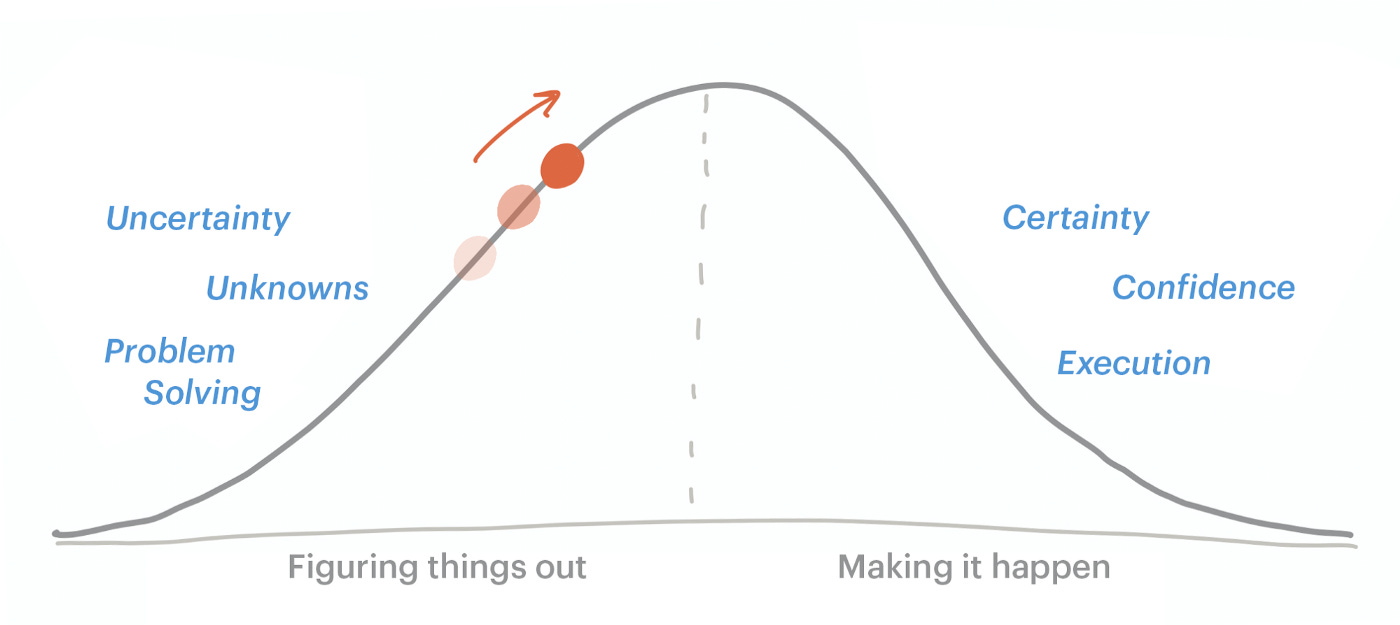Sharing request
Before getting into the content this week I have one ask. I started this Newsletter to share first-hand data and details about what works and what doesn’t when building a startup from scratch. The response so far has been amazing. It always makes my day when I hear that something I shared helped someone in their journey.
The ask: If you have enjoyed these posts could you share it with a friend who might enjoy it too?
I made a message below with a shortlist of my most popular posts to make it easy to copy and share.
Hey, I have been following this Newsletter and thought that you might find this interesting.
Thank you in advance and for all your support.
This post is different from the past ones
I had a call this week with Martin Boss who was looking to learn more about Product Management frameworks, and they asked if I would ever consider sharing some of the product development frameworks I use via the newsletter.
This post is different from the Founding in Public case studies/updates as it was written a few years prior and aims to share a collection of tools that might help you with your next idea.
Finding the right problems to solve
It is tempting to dive into new ideas, especially when they are about something you are passionate about, but the first step is to avoid falling for your confirmation bias.
Many problems in the world can be tackled, but if you want to build something that can grow into a sustainable business, you have to be conscious of the problems you choose to solve. Your idea needs to be at a minimum, Viable, Feasable and Desirable.
High Touch vs. Low Touch Solutions
Another aspect to consider when building something new is how much of a return you can get for your efforts. Below is a quadrant that Des Traynor from Intercom uses to confirm if a solution is viable.
Defining the vision and problem statements
Below is an outline of a structure I would typically use as PM to define and collaborate on problem statements. Articulating your thoughts in artifacts like these can help you separate the signal from the noise and ensure that you have a shared understanding with your co-founder/team.
The problem brief
This page should be absent of any solution. Instead, use it as a space to summarise ‘the why’ of what you will build.
The ‘Job to be done”
The discovery phase is where you should aim to unearth these jobs to be done.
In the early stages of researching a new idea, acquiring enough data through interviewing alone will be challenging. If required, break down what you believe sits behind the job story. Understanding when and how something occurred will become critical data during the solution design process.
If you want to copy this tempalte I have a detailed example here.
Defining what you know and don’t know
Many unknowns exist in the world of the new. Ryan Singer illustrates these challenges in the ‘Hill chart’ above. Hill charts can be an excellent tool for understanding what you and your team’s degree of certainty are about various aspects of a new idea.
Conclusion
The above is a small collection of frameworks that can be used for evaluating new ideas. I have also included links to a number of other resource that relate to product development that can also be applied. Let me know which of these you found most helpful so that I can share others like it in the future.
Product related resources
Product Manager vs Product Owner
Marty Cagan SVPG - This is some of the best content you will read on product
Gibson Biddle - Gibson is one of the best for articulating how to craft a great product strategy
Drive folder of reading materials
Other interesting links to click on
How algorithms shape our world — Kevin Slavin:
Positively Shaping Artificial Intelligence
What happens when our computers get smarter than we are? | Nick Bostrom
Digital Content Verification guide (By journalists)
Are you solving the right problems?
Evaluating an argument with just one flow chart
Why Software is eating the world
‘Not all good products make good businesses’
New in Basecamp: See where projects really stand with the Hill Chart





















Share this post